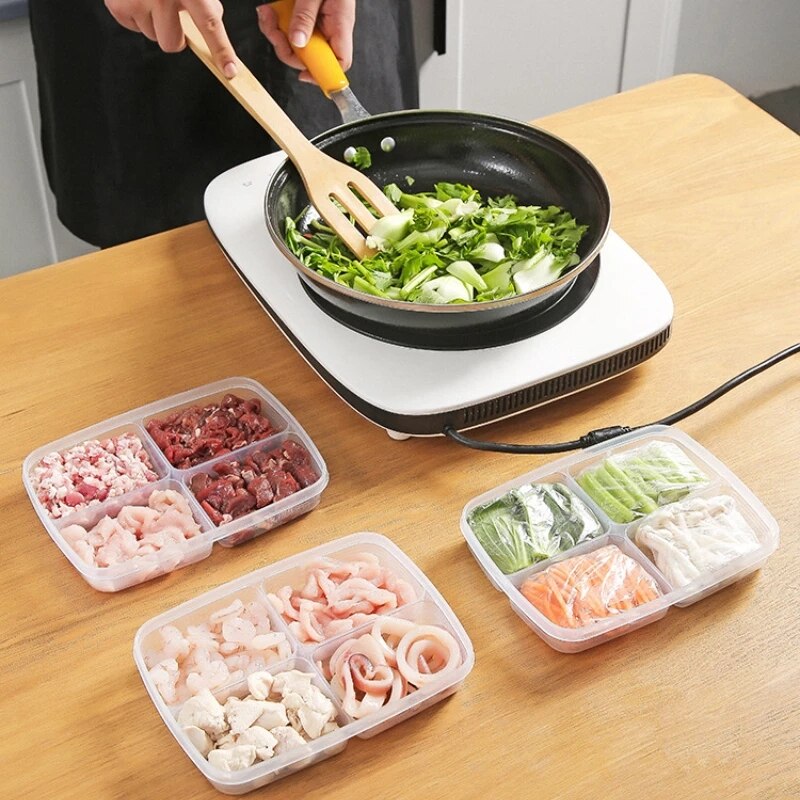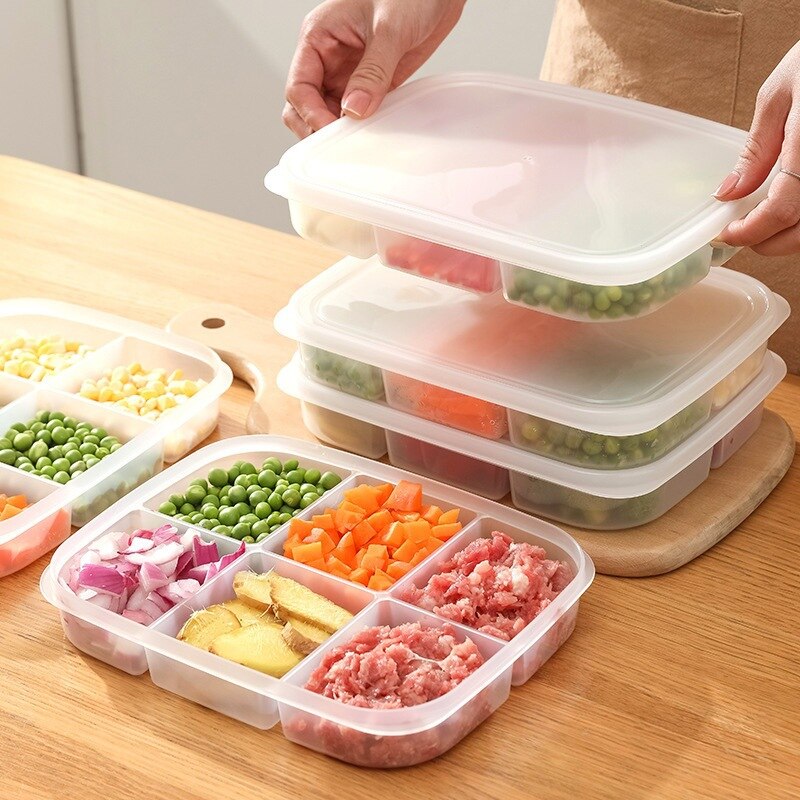Refrigerator Storage
The Ultimate Guide to Refrigerator Storage -Maximizing Freshness and Efficiency
Refrigerators are an essential appliance in every household, playing a crucial role in preserving the freshness of our food and extending its shelf life. However, having a refrigerator is only half the battle; knowing how to organize and utilize refrigerator storage efficiently can make a significant difference in maintaining food quality, reducing waste, and optimizing space. In this comprehensive guide, we will explore the best practices for refrigerator storage, the benefits of using specialized storage solutions, and tips for keeping your fridge organized and efficient.
The Importance of Proper Refrigerator Storage
Proper refrigerator storage is vital for several reasons:
Food Safety: Correct storage helps prevent the growth of harmful bacteria, reducing the risk of foodborne illnesses.
Freshness: Properly stored food retains its freshness, flavor, and nutritional value for longer periods.
Waste Reduction: Efficient storage minimizes food spoilage and waste, saving you money and reducing your environmental impact.
Convenience: An organized refrigerator makes it easier to find and access items, streamlining meal preparation and reducing stress.
Best Practices for Refrigerator Storage
To get the most out of your refrigerator, follow these best practices for storing different types of food:
Top Shelves: These are the warmest sections of the refrigerator, ideal for storing ready-to-eat foods such as leftovers, drinks, and ready-made snacks. Place items that need to be consumed soon at eye level to ensure they are used promptly.
Middle Shelves: This area maintains a consistent temperature, making it perfect for dairy products like milk, yogurt, cheese, and eggs. Store eggs in their original carton on a middle shelf, rather than the door, to keep them at a stable temperature.
Bottom Shelves: These are the coldest parts of the refrigerator, suitable for storing raw meat, poultry, and fish. Use airtight containers or plastic wrap to prevent cross-contamination and place these items on a tray to catch any drips.
Crisper Drawers: Designed to maintain optimal humidity levels, crisper drawers are ideal for storing fruits and vegetables. Use the high-humidity drawer for leafy greens and vegetables that wilt easily, and the low-humidity drawer for fruits that need to stay dry.
Refrigerator Door: The door is the warmest part of the refrigerator, best for condiments, sauces, jams, and juices. Avoid storing perishable items like milk and eggs here, as they are more susceptible to temperature fluctuations.
Specialized Storage Solutions
Investing in specialized storage solutions can further enhance the efficiency and organization of your refrigerator. Here are some popular options:
Clear Storage Bins: These bins are perfect for grouping similar items together, such as snacks, beverages, or condiments. Clear bins allow you to see what’s inside at a glance, making it easier to locate items quickly.
Stackable Containers: Ideal for maximizing vertical space, stackable containers keep your fridge tidy and organized. Use them to store leftovers, pre-prepped meals, or smaller items like cheese and deli meats.
Lazy Susans: A rotating lazy Susan can be placed on a shelf to store jars, bottles, and other small items. This makes it easy to access items at the back without having to rearrange everything in front.
Egg Holders: Specially designed egg holders keep eggs secure and prevent them from rolling around. Some models come with lids, allowing you to stack other items on top.
Can Dispensers: These dispensers hold soda or beer cans in a neat, horizontal row, preventing them from rolling around and making them easy to grab.
Produce Savers: These containers are designed to extend the life of fruits and vegetables by controlling humidity and airflow. They often come with removable trays to keep produce elevated and away from moisture.
Tips for Keeping Your Refrigerator Organized
Label Everything: Use labels to mark containers with the contents and date. This helps you keep track of leftovers and ensures you use older items first.
First In, First Out: Arrange items so that older products are at the front and newer ones are at the back. This helps you use up food before it spoils.
Clean Regularly: Wipe down shelves and drawers regularly to prevent spills and stains from becoming permanent. A clean refrigerator is not only more pleasant to use but also helps maintain food safety.
Adjust Shelves: Most refrigerators have adjustable shelves that can be moved to accommodate taller items. Customize the layout to suit your needs and make the most of the available space.
Keep it Cool: Avoid overloading your refrigerator, as this can obstruct airflow and reduce cooling efficiency. Ensure there is enough space for air to circulate around items.
Use a Thermometer: Place a thermometer in your refrigerator to ensure it is maintaining the optimal temperature of 37-40°F (3-4°C). Adjust the settings if necessary to keep food at a safe temperature.
Common Mistakes to Avoid
Overstuffing: A crowded refrigerator can hinder airflow and reduce cooling efficiency. Avoid overstuffing and keep items organized to maintain optimal temperatures.
Improper Storage of Produce: Not all fruits and vegetables should be stored together. Some fruits, like apples and bananas, release ethylene gas, which can cause nearby vegetables to spoil faster. Store ethylene-producing fruits separately.
Ignoring Expiration Dates: Regularly check expiration dates and discard any expired items. This helps prevent foodborne illnesses and keeps your refrigerator clean and organized.
Storing Hot Food: Allow hot food to cool to room temperature before placing it in the refrigerator. Hot food can raise the internal temperature, affecting the freshness of other items.
Using the Door for Perishables: As mentioned earlier, avoid storing perishable items like milk and eggs in the door, as it is the warmest part of the refrigerator.
Conclusion
Proper refrigerator storage is essential for maintaining food safety, freshness, and efficiency. By following best practices and investing in specialized storage solutions, you can optimize your refrigerator space, reduce food waste, and enjoy a more organized kitchen. Whether you’re a busy professional, a home cook, or someone who simply wants to make the most of their refrigerator, these tips and strategies will help you achieve a well-organized and efficient fridge. Transform your refrigerator into a model of organization and efficiency, and enjoy the benefits of a well-maintained kitchen.



